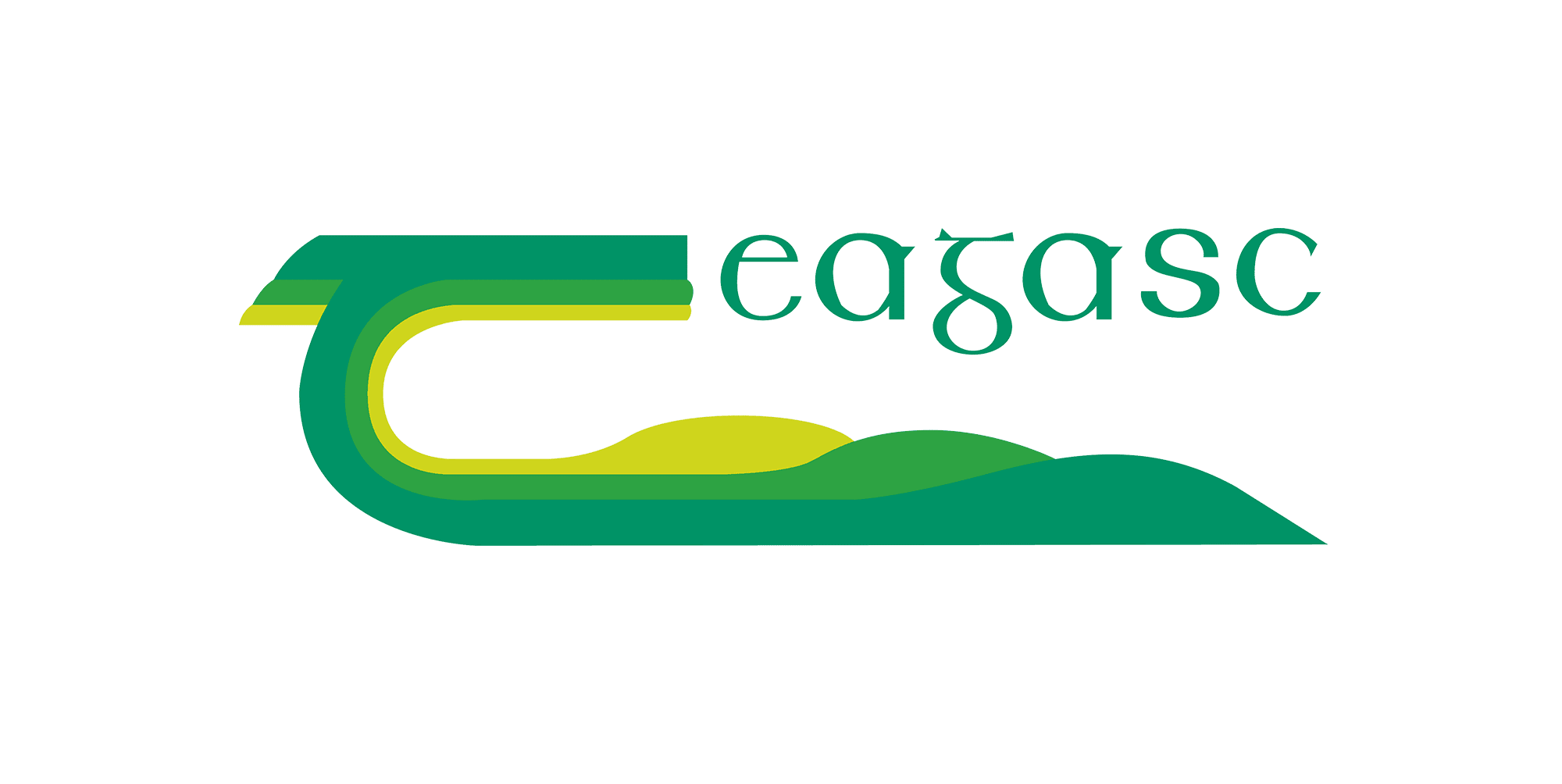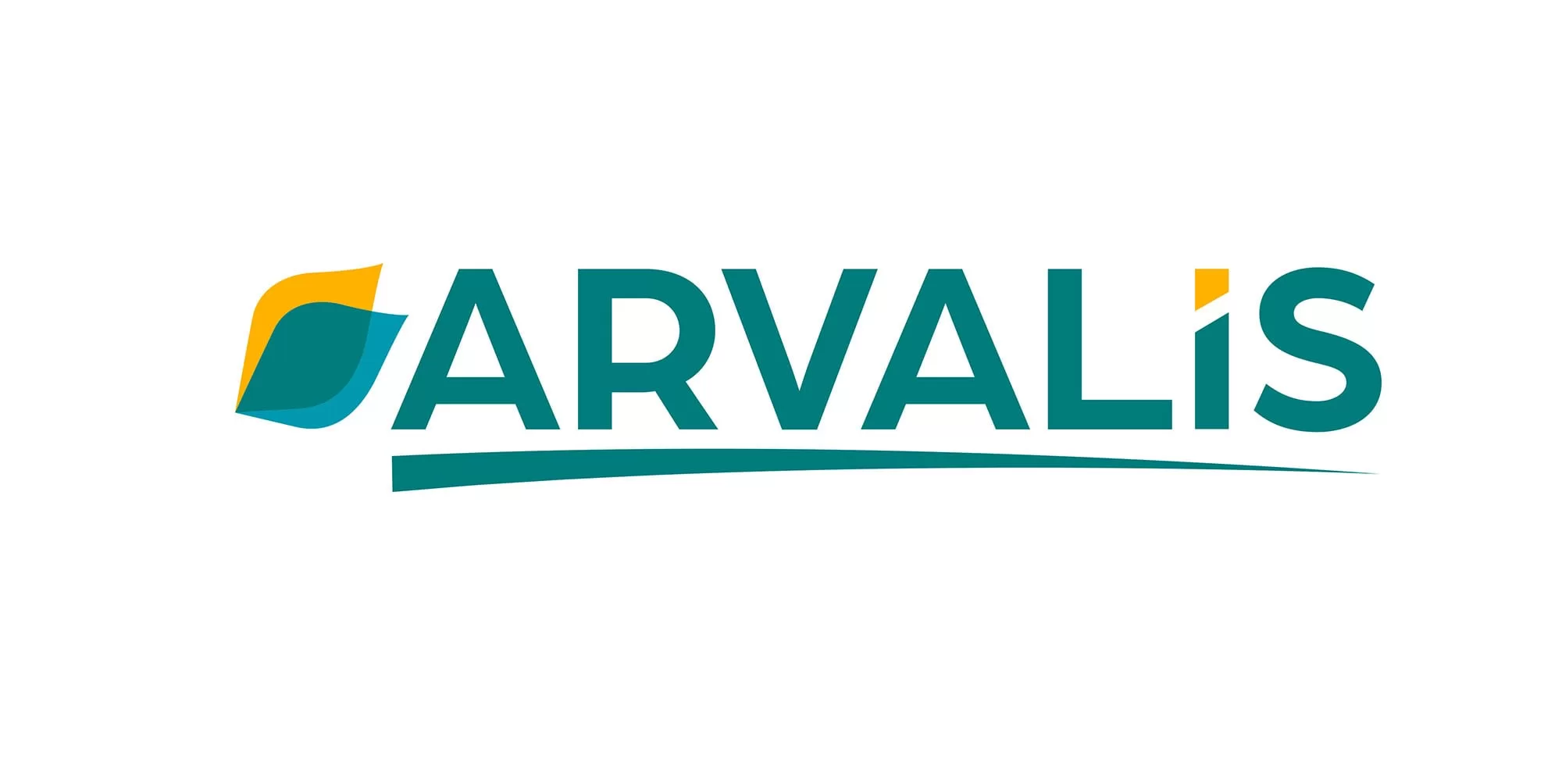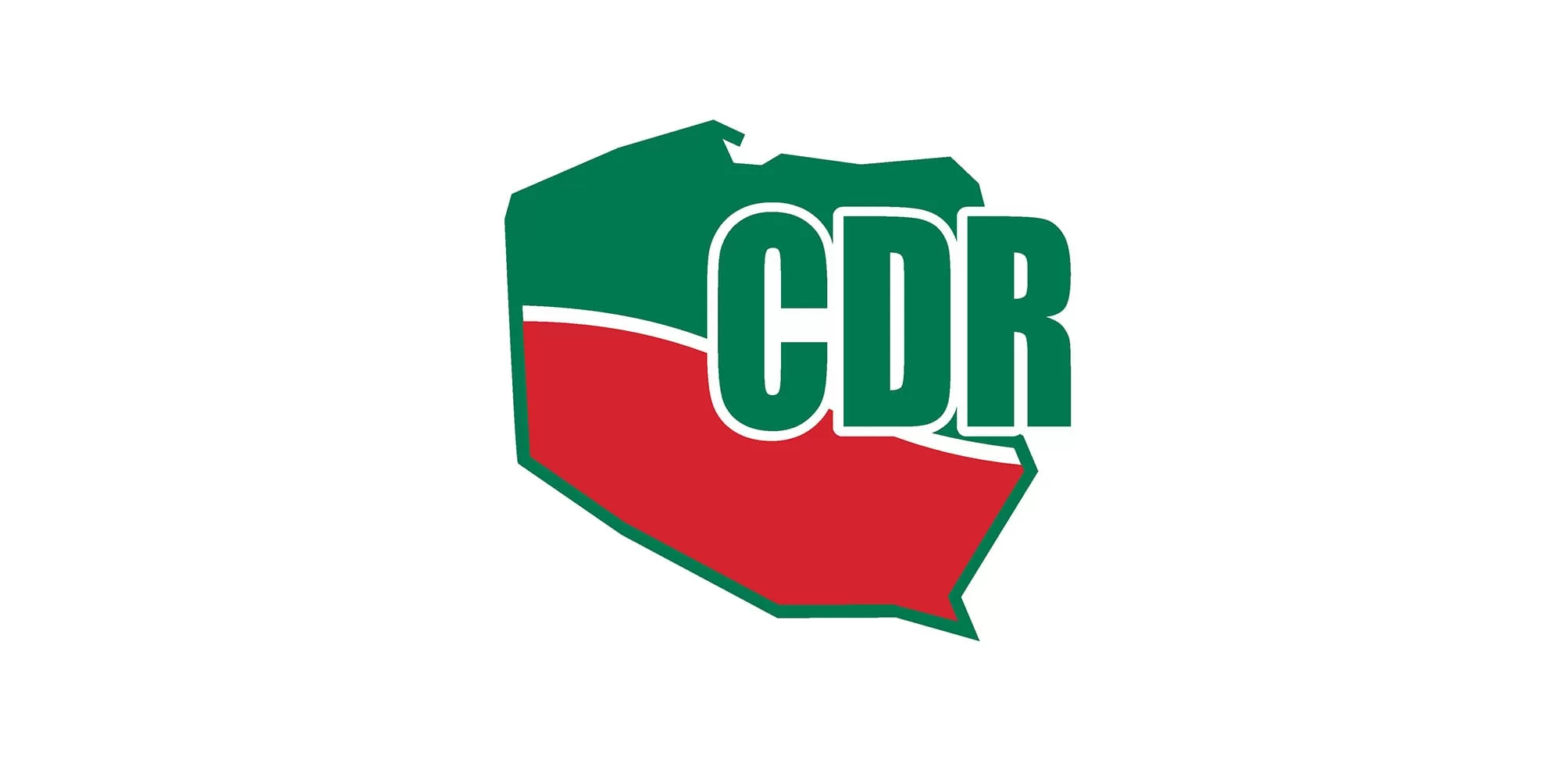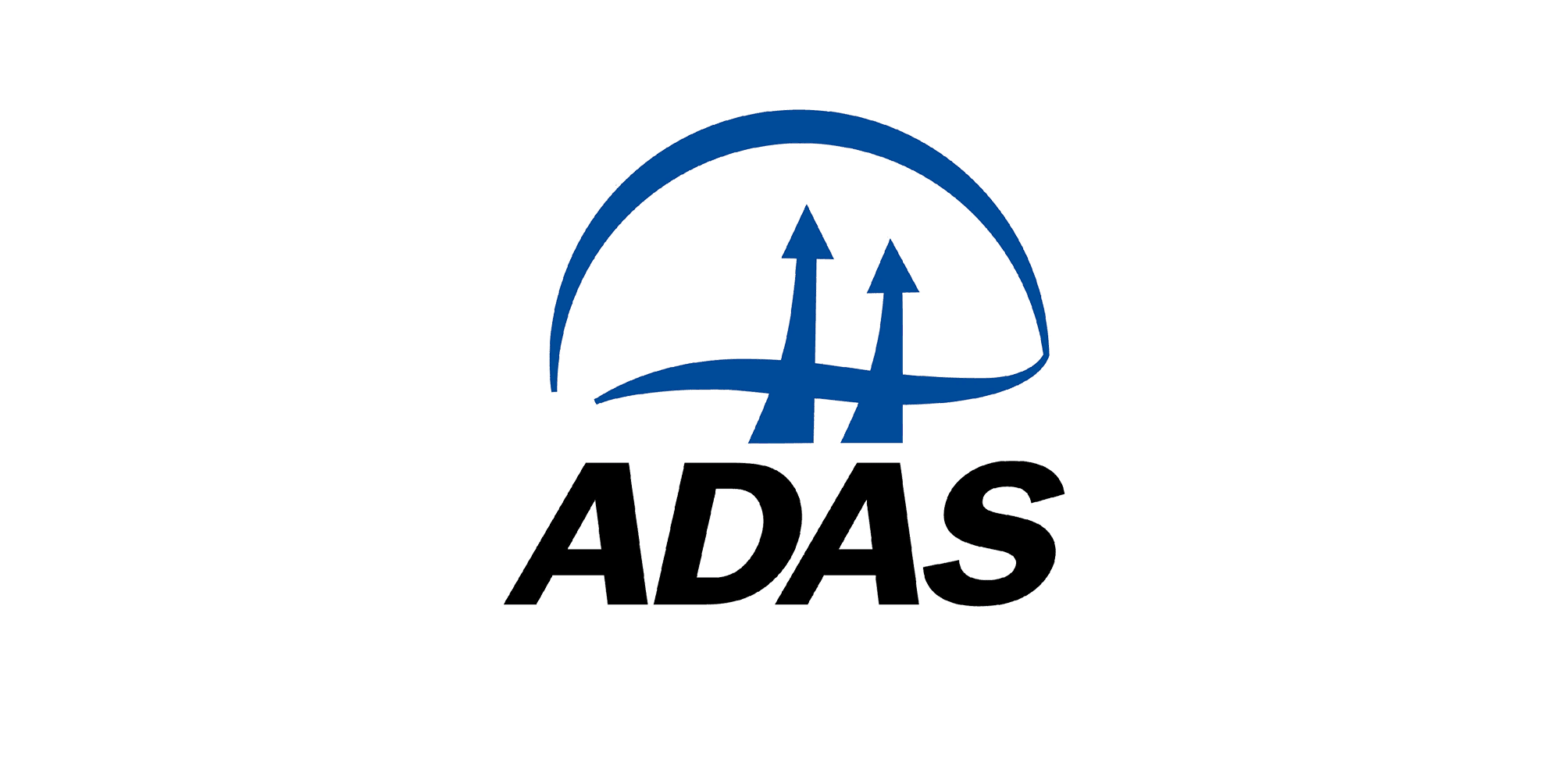Recommendation system by: -
Recommendation systems based on legal acts, research-based methodologies and practical experience of industry
There is no unified recommendation system on nutrient management in Lithuania. Recommendation systems consist of legal acts, research-based recommendations and methodologies, and the practical experience of individual companies/agronomists.
 Wheat
Wheat
 Maize
Maize
 Potatoes
Potatoes
 Nitrogen
Nitrogen
 Phosphorus
Phosphorus
 Potassium
Potassium
| Crops covered | Wheat, Maize, Potatoes, Vegetables, Cover crops, Other cereals, Brassicas |
| Nutrients covered | Nitrogen (N), Phosphorus (P), Potassium (K) |
| Target soil pH Recommendations based on soil and cropping types | Provided |
| Nitrogen | |
| Crops for Nitrogen Recommendation | Maize, Potatoes, Wheat |
| Nitrogen Analysis Options | Organic matter, Total N, Humus |
| Soil Nitrogen Assess Method | Lab Analysis |
| Factors for estimated Soil Mineral N | |
| Soil Nitrogen content measurement | Extraction with KCl; K2SO4; Tiurin method |
| Phosphorus | |
| Crops for Phosphorus Recommendation | Maize, Potatoes, Wheat |
| Soil Phosphorus content measurement | Lab based method |
| Phosphorus Sampling Frequency | Every 3-4 years |
| Lab analysis method for Phosphorus | Phosphorus and Potassium are determined by the Egner - Rim - Domingo (A-L) method. The soil is extracted in a solution of 1 M Lactic acid, 3 M Acetic acid, 1 M ammonium acetate, pH 3.7. Soil to solvent ratio 1:20, stirred for 4 hours ; |
| Potassium | |
| Crops for Potassium Recommendation | Maize, Potatoes, Wheat |
| Soil Potassium content measurement | Lab based analysis |
| Lab analysis method for Potassium | Phosphorus and Potassium are determined by the Egner - Rim - Domingo (A-L) method. The soil is extracted in a solution of 1 M Lactic acid, 3 M Acetic acid, 1 M ammonium acetate, pH 3.7. Soil to solvent ratio 1:20, stirred for 4 hours ;NIR; |
| Potassium Sampling Frequency | Every 3-4 years |
| Potassium Measurement Method | NIR |
| Soil available Potassium(Κ) from potash clays | Both soil tests and soil type |
| Guidance for minimizing nitrate leaching | Provided |
| Crops for which the recommended N rate is adapted depending upon nitrate leaching risk | Wheat |
| Nitrogen | |
| Dry Springs | Not Considered |
| Advice on irrigation for N recommendation | Not Provided |
| Spring Crop N content | Accounted for |
| Accepted methods for assessment of spring crop N content | Lab analysis; |
| Phosphorus | |
| Spring Crop P content | Not Accounted for |
| Accepted methods for assessment of spring crop P content | |
| Nitrogen | |
| Current in season crop N requirement | Estimated |
| Basis for N Requirement Estimation | Standard values for crop N content |
| Expected yields | Estimated in season N requirement can be adjusted for expected yields |
| Basis of crop N requirements | Crop approach |
| Phosphorus | |
| Current in season crop P requirement | Estimated |
| Basis for P requirement estimation | Standard values for crop P content |
| Expected yields | Estimated P requirement can be adjusted for expected yields |
| Basis of crop P requirements | Crop approach |
| Potassium | |
| Current in season crop K requirement | Estimated |
| Basis for K requirement estimation | Standard Yield |
| Expected yields | Estimated K requirement can be adjusted for expected yields |
| Basis of crop K requirements | Crop approach |
| Crops for which yield adjustments are made | Wheat, Maize, Potatoes |
| Adjustments for Potato Recommendations | |
| Recommendations on length of growing season, variety, haulm length and/or determinacy groups | Not available |
| Available adjustments for potatoes | Timing of N application; Timing requirements for N use with manure |
| Adjustments for nitrate leaching, gaseous N-losses and Ammonia Mitigation | |
| N adjustments to account for gaseous N-losses are included for | Not included |
| Fertiliser types and additives change recommendation | |
| Ammonia mitigation strategies used for manufactured fertilisers | |
| Manure application methods used for reducing ammonia emissions | |
| Organic materials nutrient content | |
| Crop available N for different types of organic material | Calculated |
| Organic materials for which crop available N is calculated | Farmyard manure (cattle, goat, pig, sheep, horse, duck), Cattle slurry, Pig slurry, Poultry manure, Digestate, Compost, Biosolids, Waste derived materials e.g. paper crumble, food waste |
| Crop available nutrients from organic materials accounted for | Nitrogen (N), Phosphorus (P), Potassium (K) |
| Nutrients for which there is an option to input own organic material nutrient analysis | Nitrogen (N), Phosphorus (P), Potassium (K) |
| Types of organic materials for which regulation stipulates a sampling requirement | Certain types |
| Guidance on fertilizer application timings | |
| Guidance on the rate of fertiliser to apply at each timing | Provided |
| Number of fertilizer N applications in wheat | 3 |
| Application number between maize and potatoes | Does not differ |
| Number of fertiliser N applications in maize (or potatoes) | |
| P & K application frequency in winter wheat | Once a year |
| P & K application frequency between maize and potatoes | Does not differ |
| P & K application frequency in maize (or potatoes) | |
| Crops with guidance available for the placement of fertilisers | Wheat, Maize, Potatoes |












